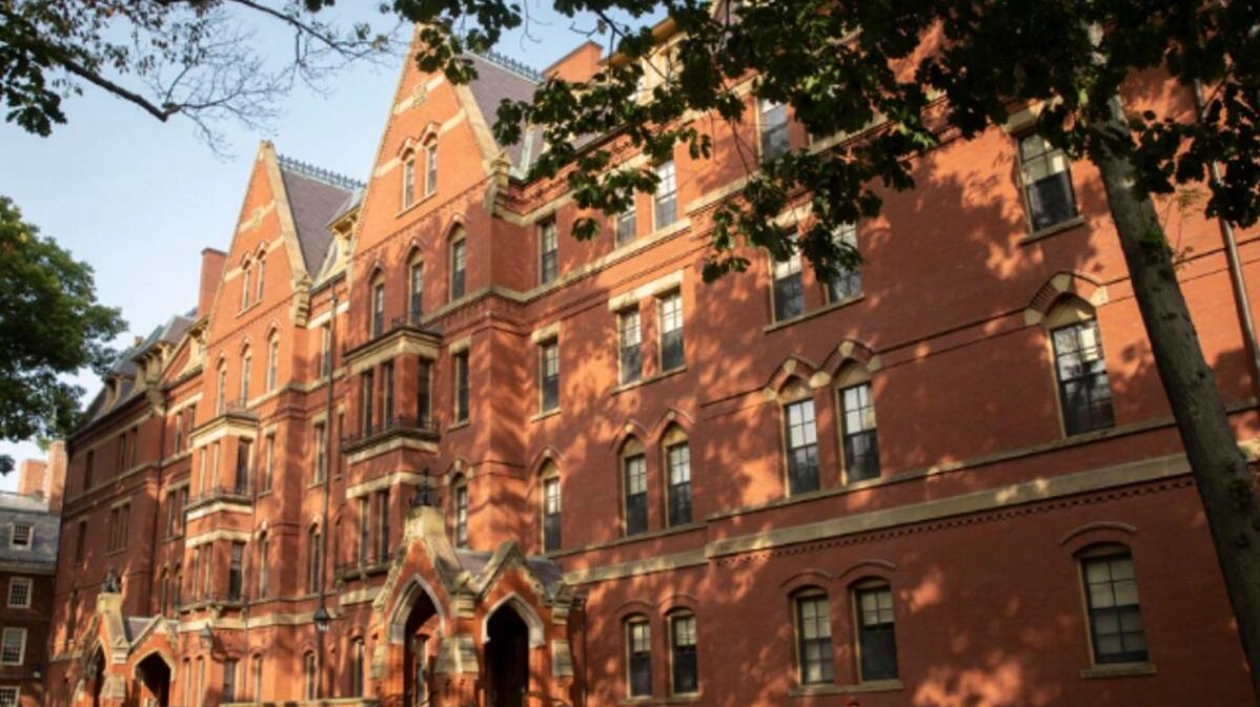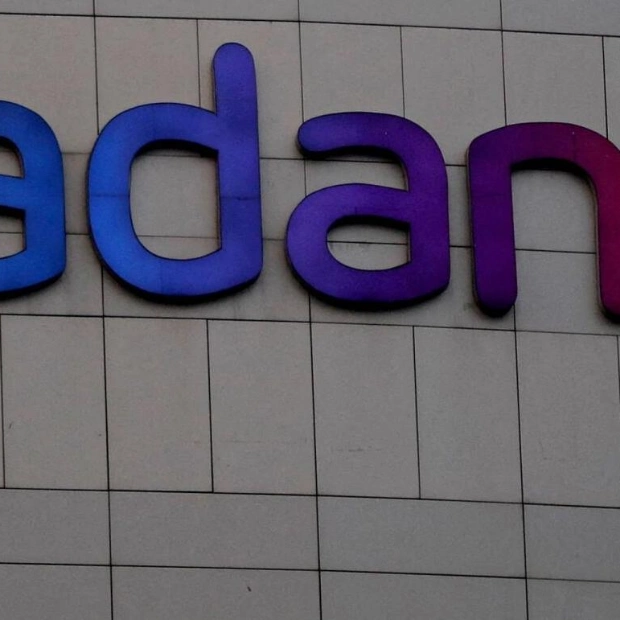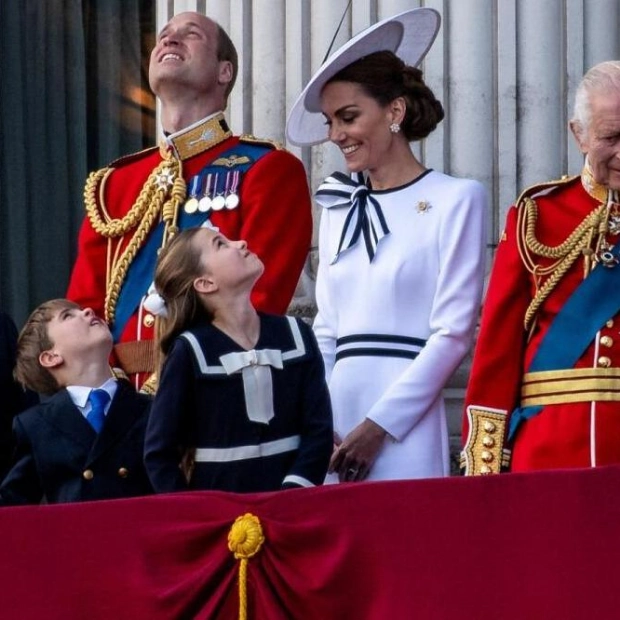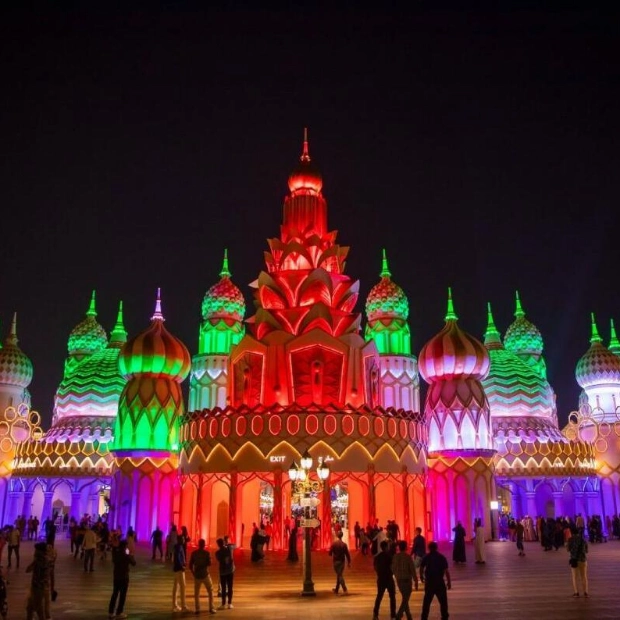The Ivy League comprises eight universities in the Northeastern United States, initially established fifty years ago as an athletics conference. Despite the historical prestige and selectivity of its members, the Ivy League primarily functions as a stage for intercollegiate sports. It's a common misconception that institutions like Stanford, MIT, and Caltech are part of the Ivy League; over time, the term 'Ivy League' has been erroneously used to broadly denote top American universities. Recently, universities celebrated for their academic achievements but outside the Ivy League's 'Ancient Eight' have been grouped into categories such as Public Ivies, Ivy Plus, and Little Ivies, offering viable alternatives.
Public Ivies consist of American public universities, which are typically larger, provide more courses, and invest more in research compared to private institutions. Six of the top ten universities in annual US University Research & Development expenditure are public, and their tuition fees are generally lower. Unofficially, 30 public universities are considered Public Ivies, spread across the USA. For instance, Pennsylvania State University in the Northeast excels in Engineering and Business, while the University of North Carolina-Chapel Hill in the South, with a 17% acceptance rate, prepares students for a dynamic workforce. The University of Illinois Urbana-Champaign in the Midwest, with a vast alumni network, is renowned for its computer science program, and the University of Colorado Boulder in the West leads in Aerospace Engineering and is a top recipient of NASA awards.
Little Ivies, despite their name, are highly competitive small liberal arts colleges primarily in the Northeast, known for their selectivity, small class sizes, and personal learning environments. Bowdoin College, with a 9% acceptance rate, offers dual-degree engineering programs with prestigious partners. Haverford College, starting from freshman year, fosters leadership and critical thinking, and Swarthmore College, one of the few with engineering, attracts high achievers interested in progressive causes. Middlebury College, known for its rigorous academics and unique campus features like a private ski slope, also fields the first college Quadball team.
Ivy Plus schools, private institutions of similar academic caliber to top Ivy League schools, often rank highly in US News & World Report and QS World University Rankings. MIT, Stanford, CalTech, and Duke are renowned for pioneering research in STEM fields, attracting top-tier students with exceptional academic records and impactful projects. Northwestern University, known for its media influence, and Vanderbilt University, with a $1 billion annual research budget, encourage high-impact research. Johns Hopkins University, a leader in international research spending for over three decades, epitomizes academic excellence and a strong global network.
The original Ivy League has set a high standard in education, inspiring the formation of these alternative leagues. These unofficial groups provide pathways for privileged students, echoing the Ivy League's legacy of excellence and vision. Let the pursuit of higher education commence!






